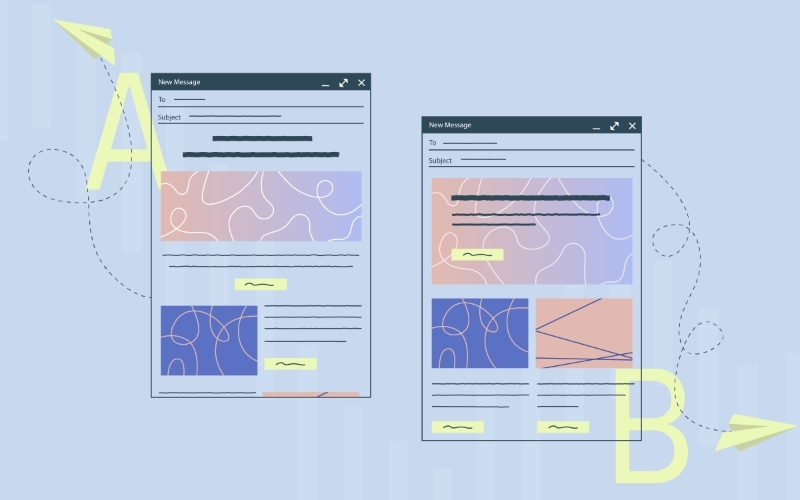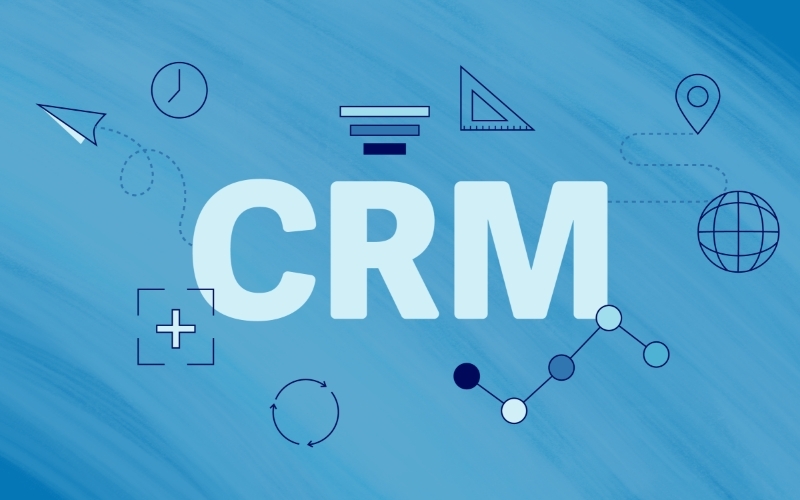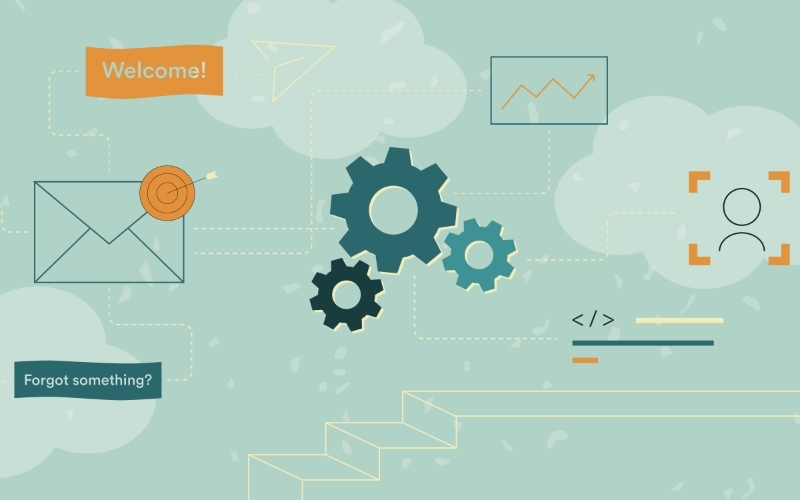Marketing Automation

Email marketing is so central to marketing automation that I’ve heard people use the two terms interchangeably — and while they aren’t one and the same, it’s true that email is the cornerstone of any solid marketing automation strategy.
However, it’s not always easy to determine the right goals or how to achieve them. After all, email marketing is a broad term, even if you’re an expert on the subject. To remedy this, I sat down and candidly answered seven of the most frequently asked questions clients ask about email marketing.
Let’s take a deep dive into how this practice can work for you.
1. What can I use email marketing for?
Pretty much anything! You can use email marketing for any stage of the buyer’s journey, as long as you do it thoughtfully. The way I see it, your brand should always have something impactful to say to help move a customer to the next stage, no matter where they are in the journey. The buyer’s journey is never linear — and you obviously can’t anticipate every need — but email is great because we can try to anticipate behaviors based on past email or site interactions. It’s very flexible.
For example, when marketing to builders, home improvement brands can build a personalized relationship with contacts by tailoring emails to the builders’ respective stage in the journey. Is the builder still researching solutions to a construction challenge? Comparing some of the brand’s own products? Looking for how-to information to educate and train their crew?
2. Are there different kinds of marketing emails? What are they?
The first type of marketing email that comes to mind is a newsletter, which can be monthly, weekly or even daily. These generally talk about what’s happening at your company or highlight industry trends, thought leadership topics or new products, feeding relevant content to your clients or customers. For example, some Wray Ward client newsletter topics are seasonal. Relevance is crucial — there’s this thought that people will care about what you’re doing because you’re doing it, but most customers want to know how it will help them.
Besides newsletters, some other common themes for email marketing include:
Product promotion
Sales outreach and promotional discounts
Lead nurturing emails to move recipients to the next stage in the buyer’s journey
3. What are some of the benefits of email marketing?
The biggest benefit is that people who receive your marketing emails have opted in to hearing from your brand and put some degree of trust in it. With email marketing, you can really nurture that trust and grow it by sending them specialized and tailored content about the products and services they are most interested in. Similarly, establishing direct relationships with recipients is another benefit. Along the way, more of your customers will spend time reading your emails as opposed to treating it like an interruptive message that they just scan and delete.
On the flipside, it’s important not to abuse the trust customers place in you and your brand. Your outreach should never feel like spam due to email frequency or because you share content that doesn’t interest them.
4. How can I get started with email marketing?
I’ve talked to clients who say, “We want to do it, but we just don’t have time,” and while that sentiment might be true, it’s often fueled by some misconceptions.
There’s an idea that you need perfect designs or content to start utilizing email marketing, and that simply isn’t true — in fact, those imperfections can even be leveraged. We have a client who said they wanted their email outreach to be “scrappy and engaging,” and I love that.
It’s important to remember when starting out that any subscribers you’ve accrued have opted in to hear from you. In other words, they want to be engaged and build a relationship. Creating a thoughtful strategy that you know is going to attract this kind of subscriber with relevant, helpful content is the best starting point.


